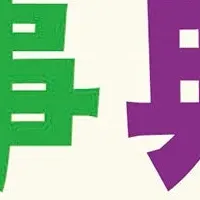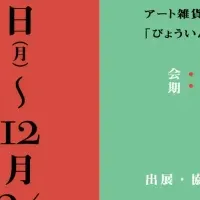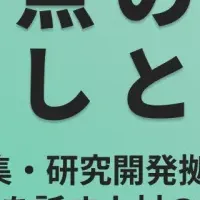
The Remarkable Journey of China's Ancient Zidanku Silk Manuscripts Home
The Remarkable Journey of China's Ancient Zidanku Silk Manuscripts Home
After nearly eight decades of wandering abroad, a significant piece of Chinese heritage, the Zidanku Silk Manuscripts, has finally returned to its homeland. This momentous event took place just ten days ago when a commercial flight from Washington D.C. landed at Beijing Capital International Airport, carrying these treasured artifacts amidst the quiet pre-dawn hours. The arrival of these manuscripts marks the end of a long journey that began in 1942, when they were illicitly excavated from a tomb in Hunan Province.
A Glimpse into History
The Zidanku Silk Manuscripts are not just artifacts; they represent the profound cultural and intellectual heritage of ancient China. Dated over 2,300 years ago, these manuscripts include richly illustrated texts that delve into various subjects, including the cyclical nature of seasons, traditional practices tied to elegiac customs, and strategic military insights. Before the advent of paper, these ancient texts were penned on silk—a commonly used medium referred to as "bo" in Chinese. This method highlights the significance of silk manuscripts in documenting historical knowledge.
The manuscripts, however, endured a turbulent history post-excavation. The artifacts were sold and resold under dubious circumstances, eventually falling into the hands of Cai Jixiang, a collector who unwittingly agreed to part with them under the pretense that an American named John Hadley Cox would use advanced technology to restore the fading texts. This led to their smuggling to the United States, where the story of their separation from their birthland began.
Collaborative Efforts Leading to Reunion
Efforts to return the manuscripts to China gained momentum over decades, predominantly driven by Li Ling, a dedicated professor at Peking University. Since 1980, he has painstakingly researched the fate of the manuscripts, collaborating with international scholars, including Professor Donald Harper from the University of Chicago. Together, they cataloged significant evidence tracking the invaluable texts' journeys throughout the U.S.
The narrative took a pivotal turn when it was discovered that the missing volumes were inadvertently stored in a shoebox by John Hadley Cox in Washington D.C. in the years leading up to their donation to the National Museum of Asian Art in 1992. An essential clue emerged in 2024, when Harper received a lid from this box from Cox's granddaughter, containing crucial information about past transfers of the manuscripts.
The Smithsonian Institution’s evolving stance on ethical returns further facilitated the recovery. This organization published a policy aimed at promoting the return of cultural items acquired unlawfully, lending a supportive framework for China’s claim over the manuscripts. Armed with a well-established chain of evidence, the Chinese government engaged in extensive dialogue and negotiation, ultimately culminating in the artifacts' homecoming.
Symbol of Cooperation and Shared Heritage
The successful return of the Zidanku Silk Manuscripts is emblematic of the collaborative efforts between Chinese and American scholars, reflecting a spirit of mutual respect for cultural heritage. It denotes a significant step towards rectifying past injustices regarding the acquisition of cultural property.
As scholars view the fragile yet remarkably preserved silk manuscript fragments, faint Chinese characters emerge, revealing insights from ancient thinkers regarding nature and the human experience. These texts not only chronicle a specific point in history, but also embody the shared wisdom that transcends borders.
In conclusion, the return of the Zidanku Silk Manuscripts illuminates the importance of international cooperation in cultural heritage matters, showcasing that the past can indeed shape a more understanding future. This historic event stands as a testament to the enduring ties between nations, reinforcing the thought that cultural treasures belong to their countries of origin, enriching global heritage as a whole.
Topics People & Culture)










【About Using Articles】
You can freely use the title and article content by linking to the page where the article is posted.
※ Images cannot be used.
【About Links】
Links are free to use.